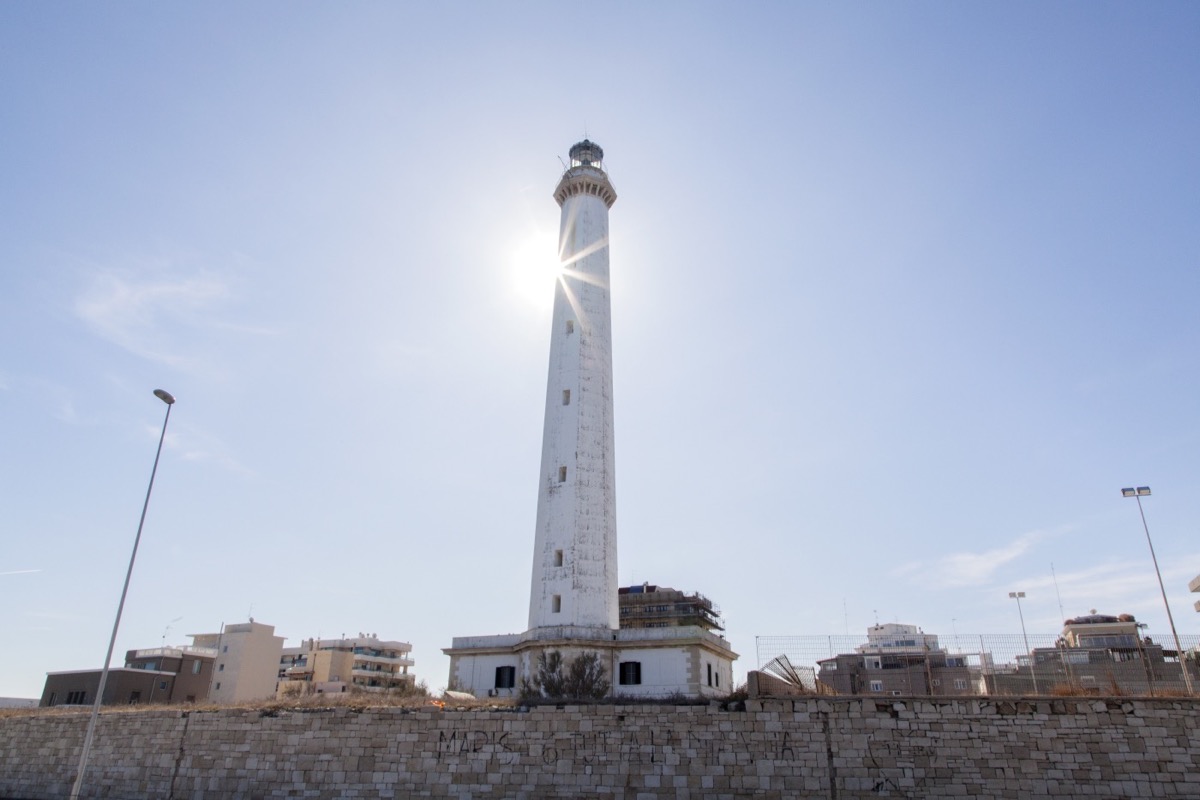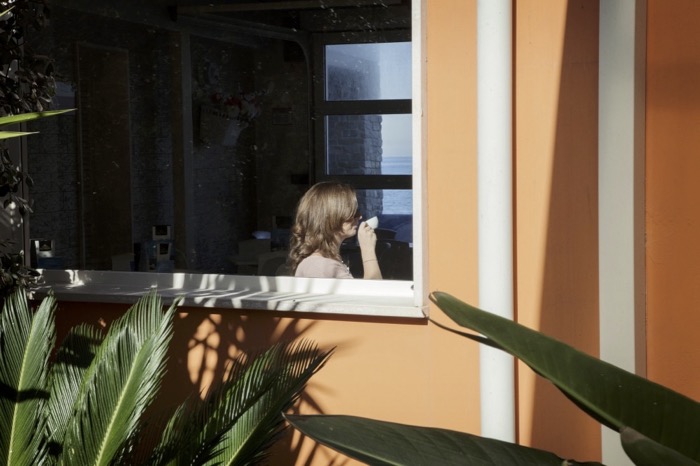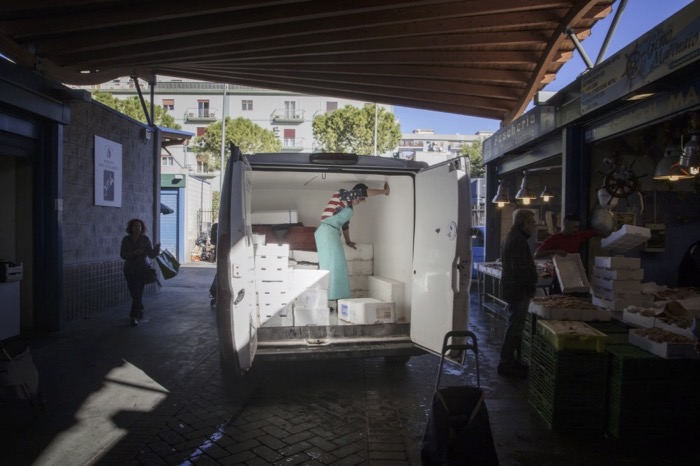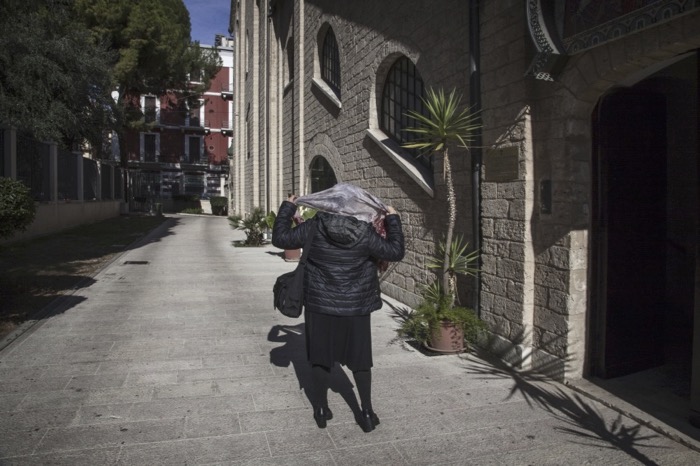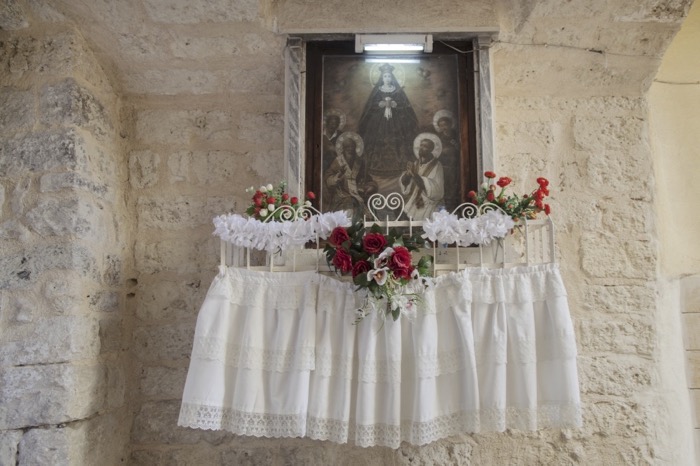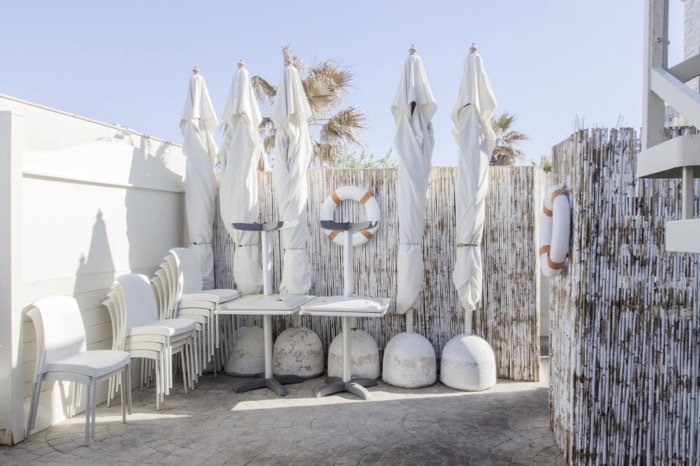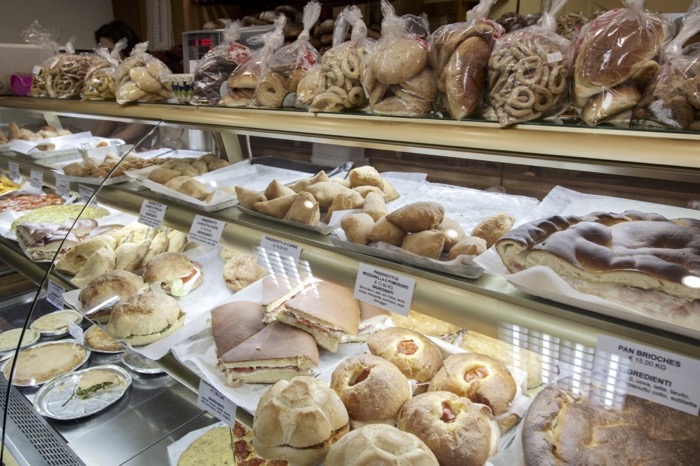“Le Barise so’ come a Sanda Necole: so amande de le frastejiere” – “Bari’s inhabitants are like Saint Nicholas, they love strangers”. This Apulian saying makes a lot of sense when you consider that the natives of the city of Bari have long lived sandwiched between East and West. Although the city of Bari itself is situated beneath the sky of Apulia, it borders on the Eastern Mediterranean, whose influences can be seen everywhere. So, first you should take the opportunity to see the Russian Orthodox church, the Chiesa Russa Ortodossa di San Nicola, during your visit.
Its green onion domes, with their unmistakably Oriental influence, sit oddly juxtaposed between the surrounding palazzi, stealing the show from the surrounding buildings. Imagine yourself at the end of a long, hot and thirsty pilgrimage, reaching the San Nicola Church, where Orthodox art and culture presents a feast for the eyes and senses. Its services according to the Byzantine rite are held only on Sundays and feast days, and always in the morning. In our latitudes, only in Bari is it possible to be transported by the bewitching aroma of orthodox incense and religious singsong of the Russian steppe.
Here you can zoom from one culture to the next in minutes. The Viale Papa Giovanni XXIII offers the fastest route to the covered market, the Mercato Coperto di Santa Scolastica, where a storm of colours and smells assaults you, and many of the facial gestures that are typical of Bari’s natives. The market provides a wonderful opportunity to get to know the city’s inhabitants up close. Here, amid Bari life, you also find vegetables, fish, spices, bread, cakes and pastries, cheese, specialities preserved in oil, and ham.
After shopping, head to the Via Sparano, the main thoroughfare of the Murat district. The street network of the Via Sparano was created during the reign of Joachim Murat – King of Naples during the era of Napoleon – and it’s nowadays the shopping mile of Bari.
If the city’s history rather than fashion is more to your taste, you must visit the Libreria Laterza. You’ll find it at the corner of Via Sparano and Via Dante. It’s one of Italy’s oldest bookshops, and has been in operation for 110 years. Here you can browse to your heart’s content in the ever-present intellectual footsteps of Benedetto Croce, Pier Paolo Pasolini, Renato Guttuso and Dario Fo.
Don’t just stand outside, but instead enter and lose yourself among the bookshelves, book covers and pages. Choose your new favourite book and enjoy an hour of reading leisure. Bari is full of excellent little spots for reading.


